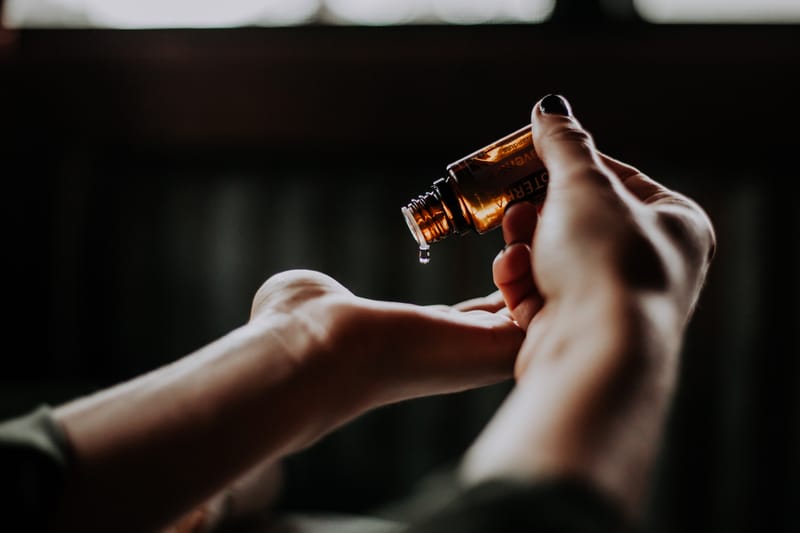Essential Oil Treatment


Inhalation
Not only is inhalation the oldest form of essential oil use, it is also arguably the safest. Oils diffused throughout a room are relatively safe for most people in most cases due to the high level of dilution. More direct effects can be obtained by breathing in a steam directly or inhaling right from the bottle, or from a few drops on a cloth. This carries the volatile oil directly into your respiratory system and mucous membranes, dispersed throughout the steam or air molecules.
Topical
Topical use is a step further than traditional inhalation-based aromatherapy, though still familiar in the context of massage therapy, which often utilizes fragrant oils for massage applications. Instead of the broad dispersion through air droplets that inhalation provides, topical use is much more direct. But at the same time, the oil is absorbed through the barrier layers of skin, while inhalation moves quickly through the thinner mucous membranes. Knowing your oil and the goal you have in mind can help you determine which application is more appropriate. In theory and in professional practice, some essential oils can be used on the skin undiluted. However, the safest application is via dilution. oils like olive, coconut, jojoba and avocado oils usually have benefits of their own, and you can easily combine a couple of drops in a teaspoon to dilute the oils and bypass potential irritation.
Internal
Finally, and most controversially, some oils are safe for ingestion. The most basic form of ingestion is in culinary use. Revisiting cinnamon, you could use cinnamon essential oil in a cake batter, but you’d only need one drop for the whole batch vs. a tsp or more of the bark powder. Another common internal preparation is to combine it into a drink. Do remember that oil and water do not mix, so simply adding a drop to water will leave that drop undiluted. Some oils are irritants and all oils are very strong, so it’s best to be safe and dilute it with an edible carrier like coconut oil first. Some Aromatherapists claim oils are never to be ingested, and most will suggest only trained professionals utilize internal methods. Yet, I am a firm believer of letting common sense be our guide. I would rather people equip themselves to use them safely and effectively than be afraid of them.



